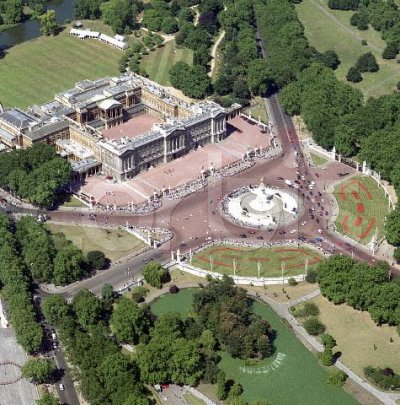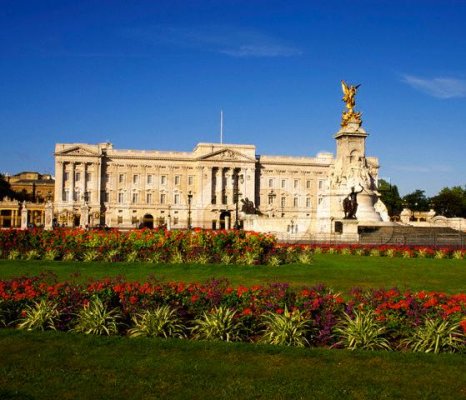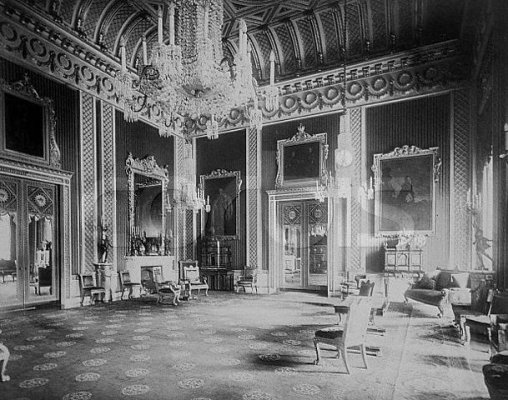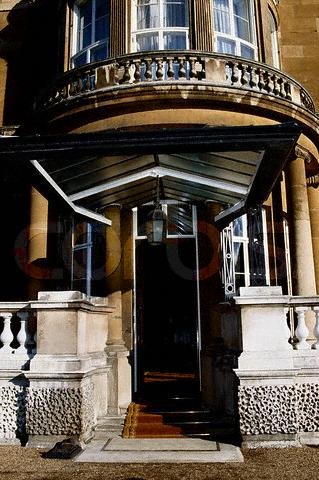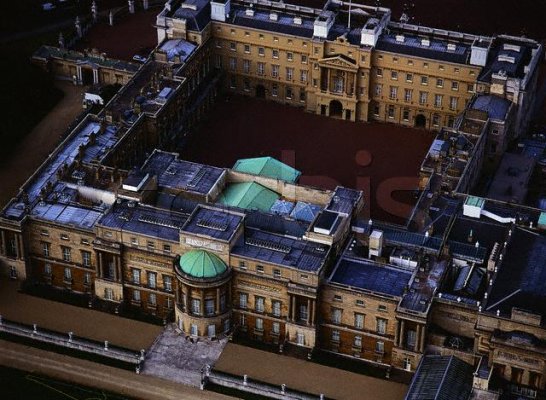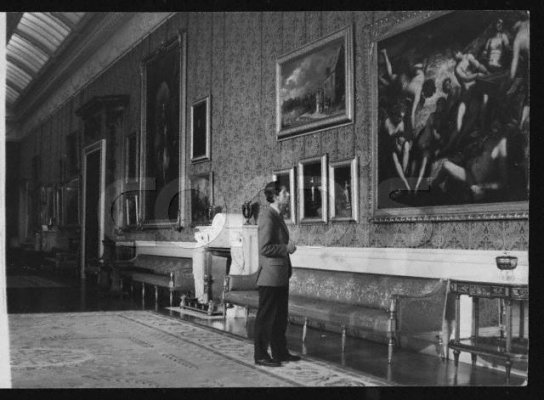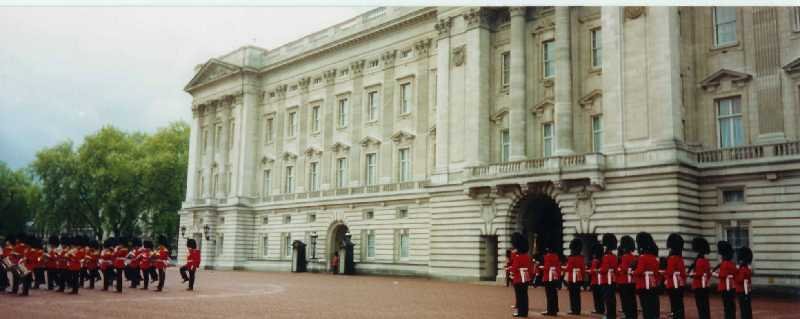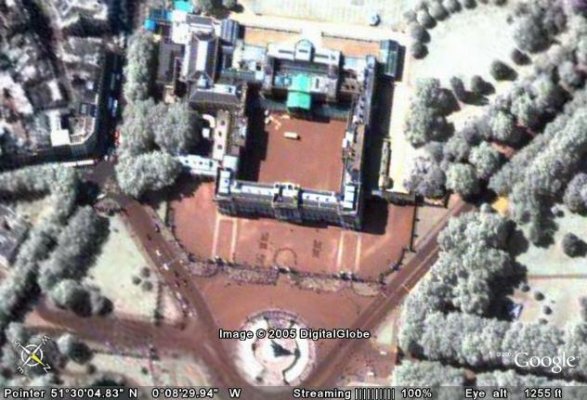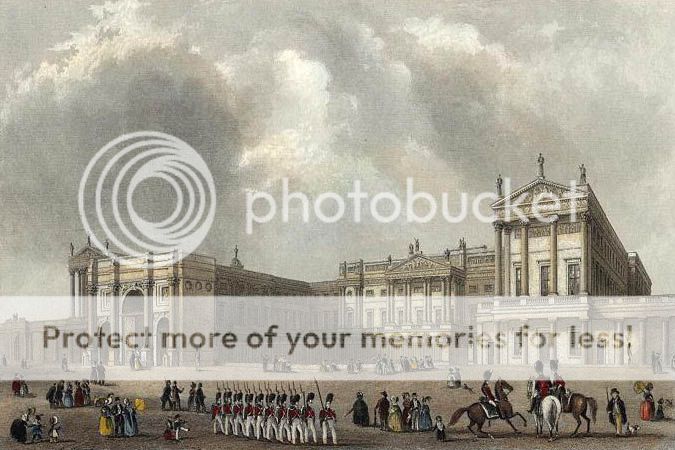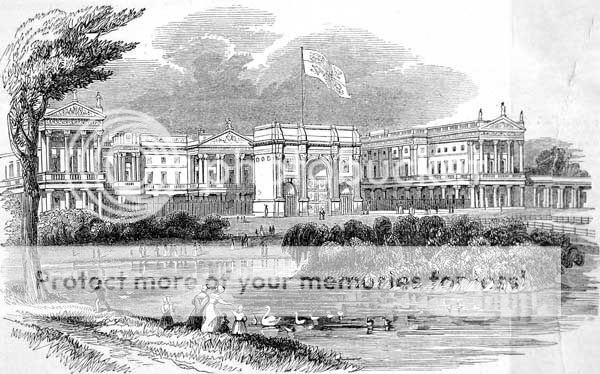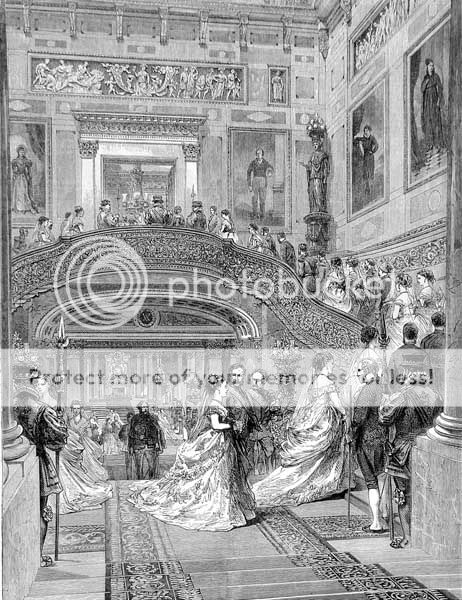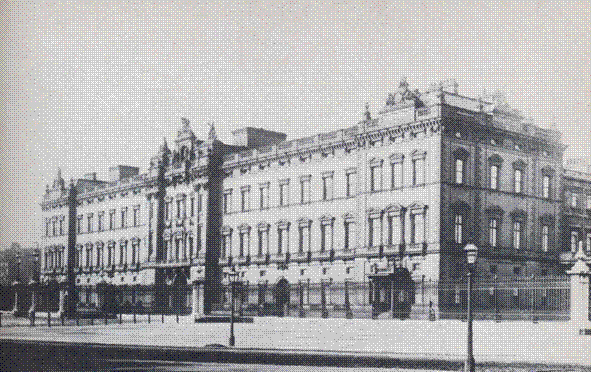Josefine
Majesty
- Joined
- Nov 8, 2002
- Messages
- 9,520
- Country
- Sweden
facts from www.royal.gov.uk
Buckingham Palace
Buckingham Palace has served as the official London residence of Britain's sovereigns since 1837. It evolved from a town house that was owned from the beginning of the eighteenth century by the Dukes of Buckingham. Today it is The Queen's official residence. Although in use for the many official events and receptions held by The Queen, areas of Buckingham Palace are opened to visitors on a regular basis.
The State Rooms of the Palace are open to visitors during the Annual Summer Opening in August and September. They are lavishly furnished with some of the greatest treasures from the Royal Collection - paintings by Rembrandt, Rubens, Vermeer, Poussin, Canaletto and Claude; sculpture by Canova and Chantrey; exquisite examples of Sèvres porcelain, and some of the finest English and French furniture in the world.
Visits to Buckingham Palace can be combined with visits to The Queen's Gallery, which reopened in May 2002. The nearby Royal Mews is open from 1 March to 31 October 2003
Buckingham Palace
Buckingham Palace has served as the official London residence of Britain's sovereigns since 1837. It evolved from a town house that was owned from the beginning of the eighteenth century by the Dukes of Buckingham. Today it is The Queen's official residence. Although in use for the many official events and receptions held by The Queen, areas of Buckingham Palace are opened to visitors on a regular basis.
The State Rooms of the Palace are open to visitors during the Annual Summer Opening in August and September. They are lavishly furnished with some of the greatest treasures from the Royal Collection - paintings by Rembrandt, Rubens, Vermeer, Poussin, Canaletto and Claude; sculpture by Canova and Chantrey; exquisite examples of Sèvres porcelain, and some of the finest English and French furniture in the world.
Visits to Buckingham Palace can be combined with visits to The Queen's Gallery, which reopened in May 2002. The nearby Royal Mews is open from 1 March to 31 October 2003


